creative networks:
BAU224 Chengdu Fenghuangshan
Chengdu, Sichuan Province, China
Discipline
PlanningTypology
Urban PlanningCity
Chengdu, Sichuan Province, ChinaDate
2005Status
Second prize, invited competitionClient
Chengdu Fenghuang District GovernmentProgram
City extension. FAR 0.7Creative Networks
Chengdu is famous for its culture of leisure and arts. Since the 1980s the traditional human-scaled environments of the city, where its culture flourished, have been almost entirely demolished, replaced with over-scaled and under-designed development.
Chengdu’s new urban growth districts face similar environmental outcomes. An oversimplified planning approach of mono-functional super-zones combined with over-scaled streets and public spaces produces monotonous and lifeless environments. In modernising their city the planners have unwittingly suffocated the very thing they are most proud of, their unique culture.
The brief for the ten square kilometer Fenghuang district in Chengdu’s northern growth corridor sought an almost purely residential suburb. Can the new suburb be more than an amalgam of exclusive dormitory enclaves on the city’s periphery? Can the new suburb replace some of the city’s lost environments in which culture and creativity once thrived? By gathering the public and commercial programs of the district into a continuous Linear Activities District (LAD) the city might regain some of its lost creative potential.
The LAD connects and encounters a diverse array of places: the metro station, youth centre, sports centre, mountain parkland, river wetlands parkland, university, opera centre and the new Chengdu Museum. The space between these public programs in the LAD is filled with buildings offering space to absorb medium and small businesses, and alternative housing options. The LAD provides a realm for innovative enterprises whilst offering the residents of the new suburb a place to escape their isolation.
The major cause for the monotony in the new Chinese residential suburbs is the dominance of large-scale residential enclaves. The edges of the enclaves are fenced, so producing fenced streets that serve only the function of locomotion. To counter this norm, and to bring services, shopping and work opportunities within a walking distance of all residents, a small-scale commercial network is proposed throughout the residential areas. Although developers can build housing in this network, by having to front the street and with a designation of R22 zoning, its commercial potential is maintained for the future needs of the city.
At the centre of the new district is Fenghuang Mountain, offering views across all of Chengdu. By placing two ribbons of green across the site each neighborhood is connected to the mountain by parkland. Joining these parklands at their eastern and western ends produces a green network, a continuous park experience. By keeping the number of roads crossing the park network to a minimum, and by bridging the remaining road crossings, uninterrupted parkland with a total length of over 15 kilometers is created. It lies within easy access, 400 meters, of each resident.
- Infrastructure
- Public
- Residential
- Healthcare
- Education
- Culture
- Office
- Retail
- Hotel
- Hospitality
- Mixed Use
- Sports
- Planning
- Urban Design
- Public Landscapes
- Private Landscapes
- Playgrounds
- Structures & Pavillions
- Residential
- Healthcare
- Education
- Culture
- Office
- Retail
- Hotel
- Hospitality
- 2023
- 2024
- 2021
- 2020
- 2019
- 2018
- 2017
- 2016
- 2015
- 2014
- 2013
- 2012
- 2011
- 2005-2010
- 2000-2005
- 1990-2000





























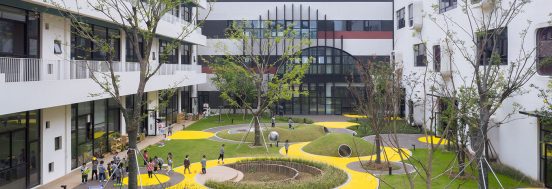











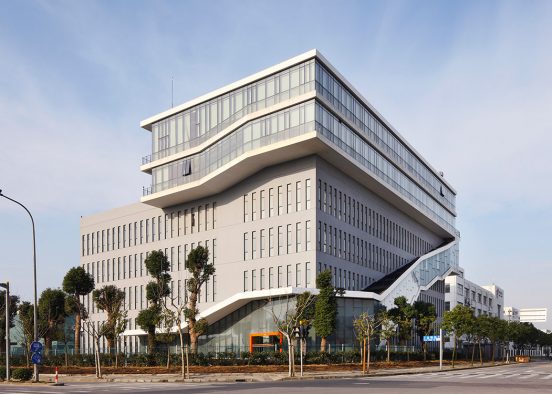


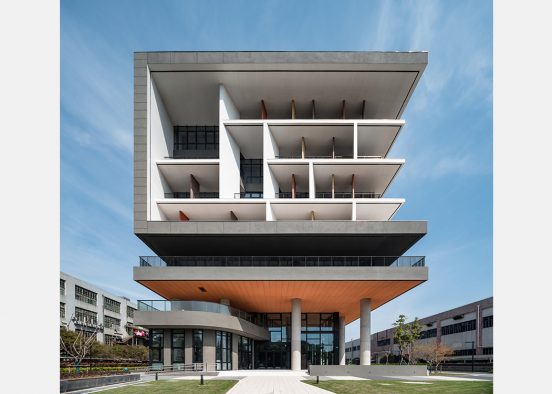


















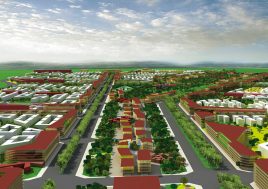





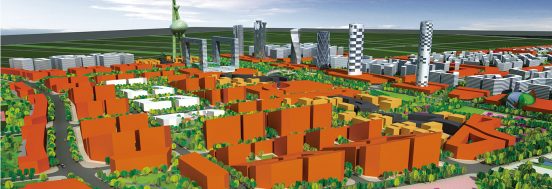







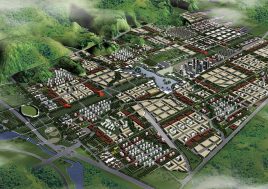










































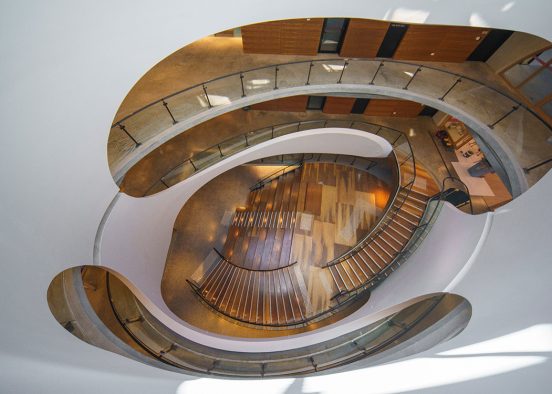








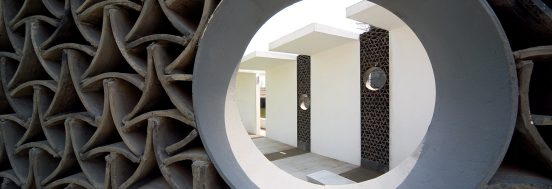

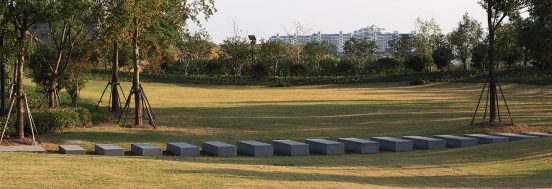
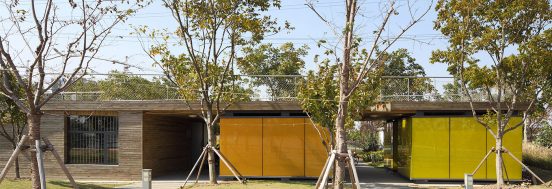


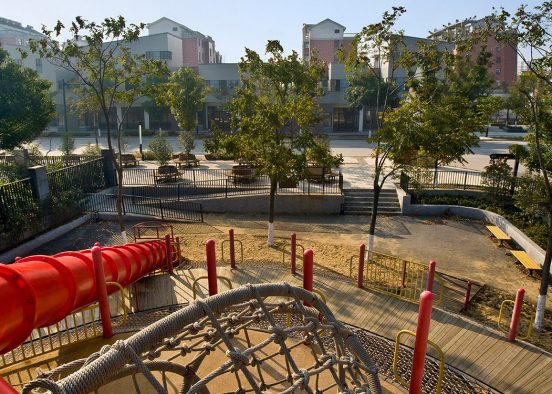













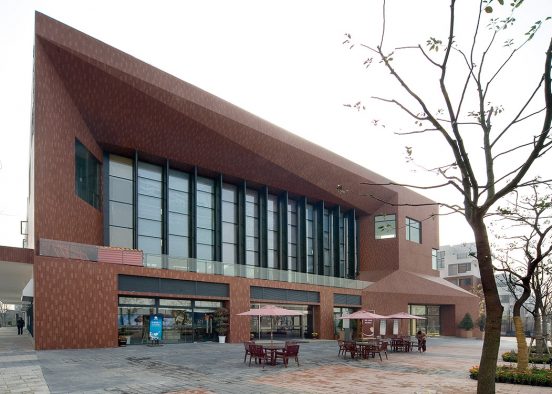
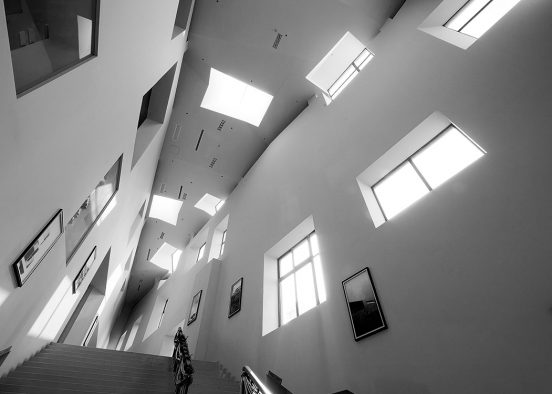
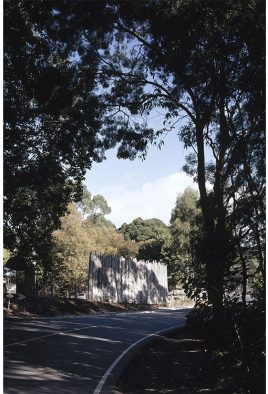
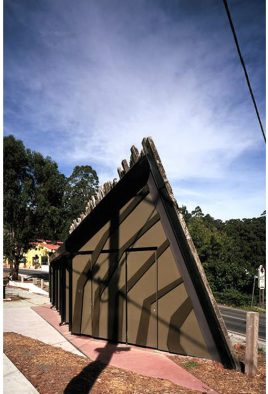













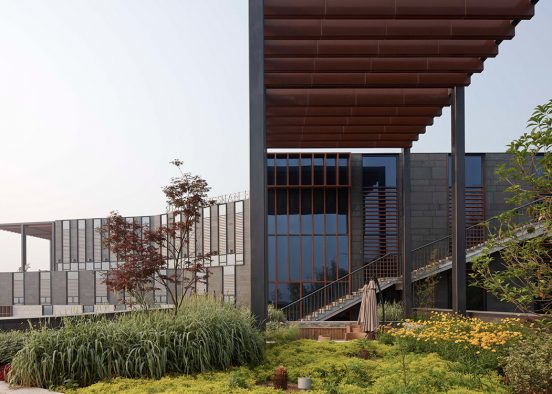








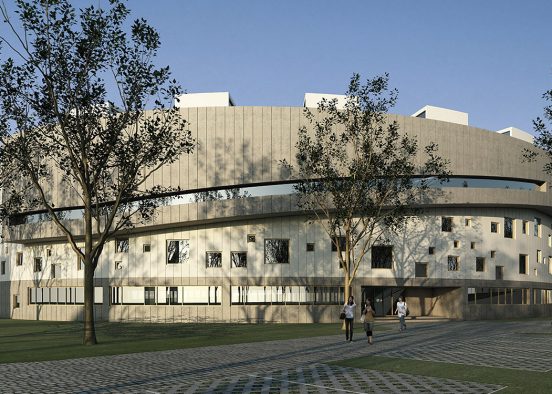







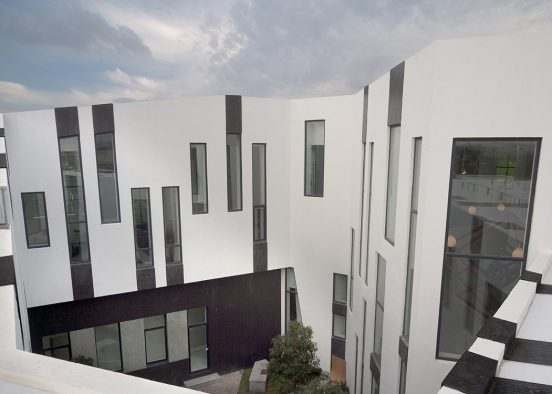








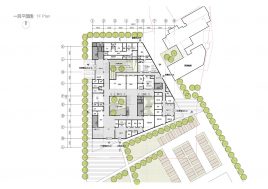


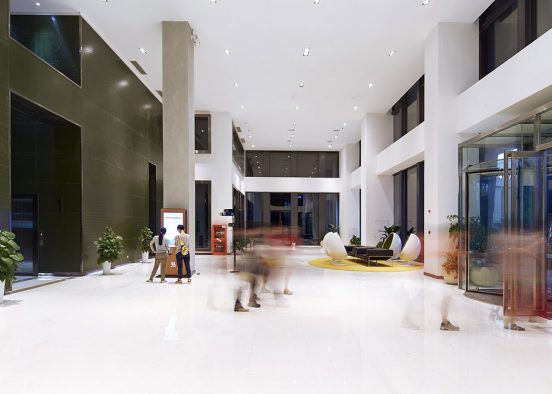

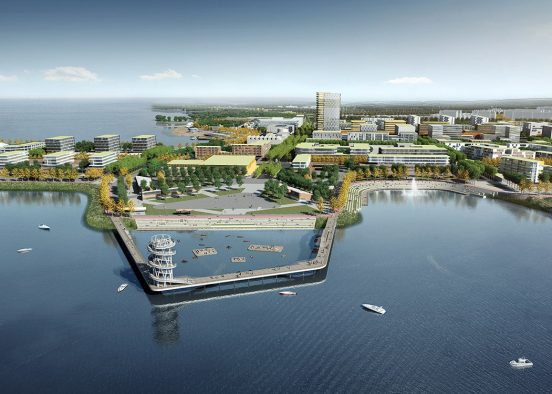





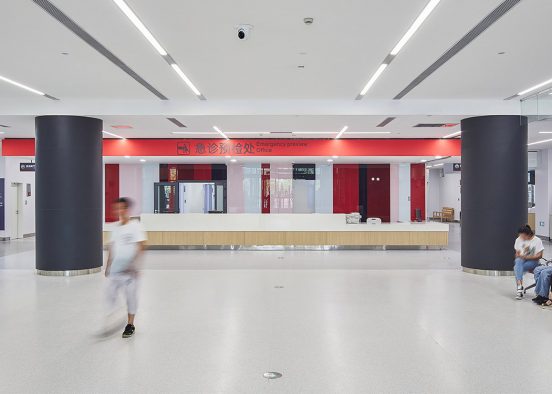




















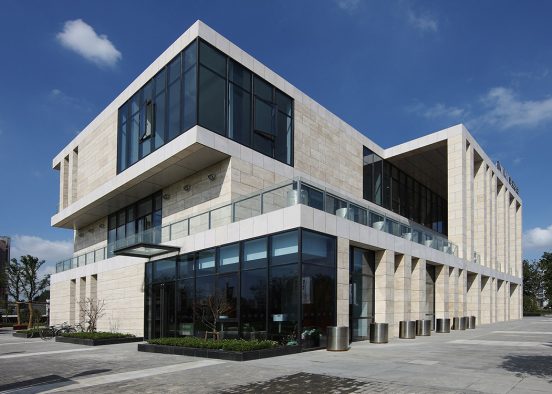










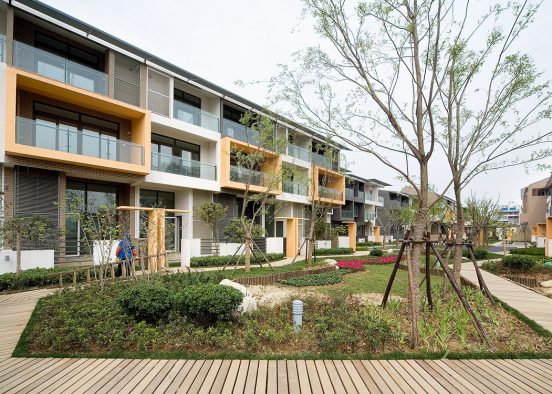
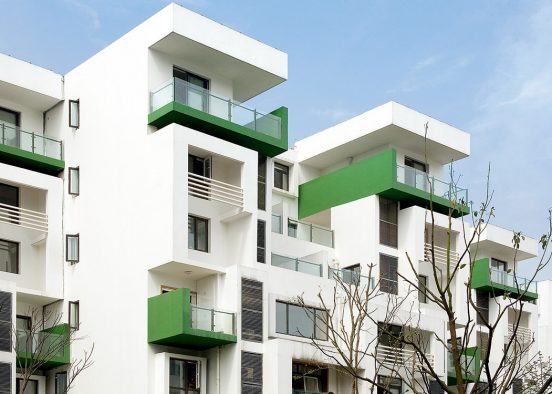









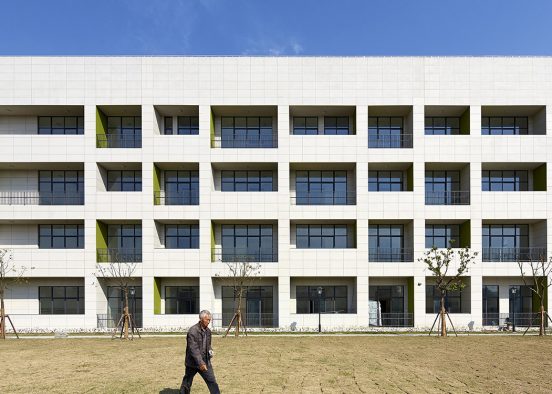
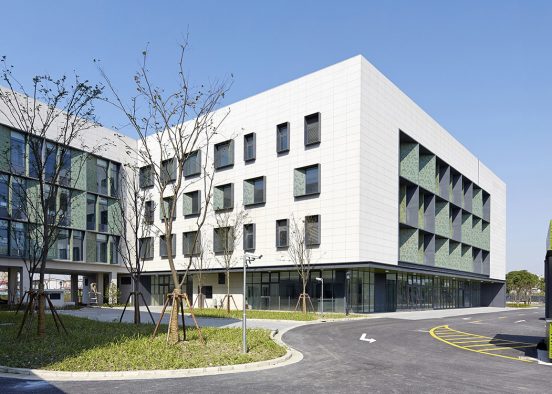


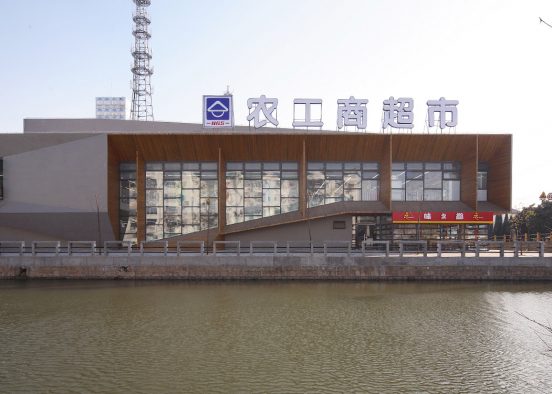
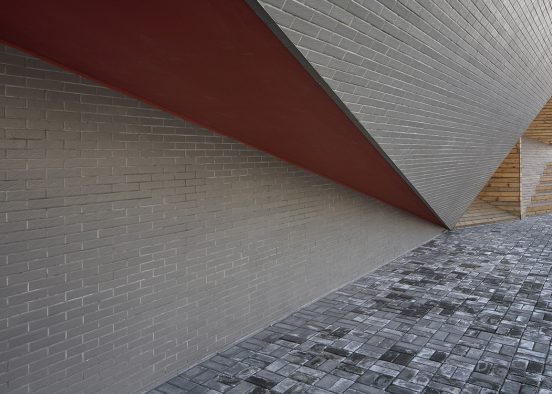

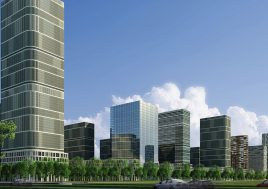



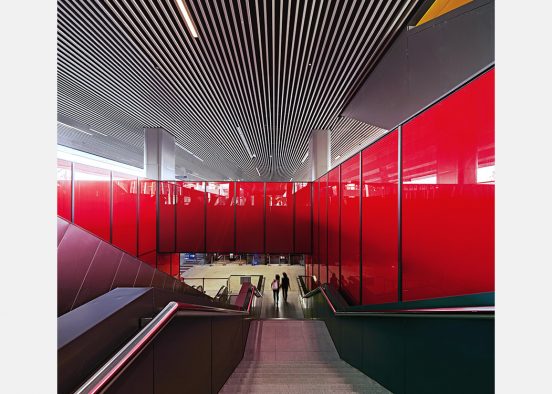


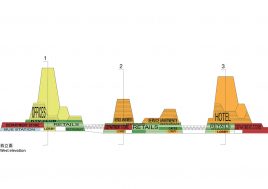







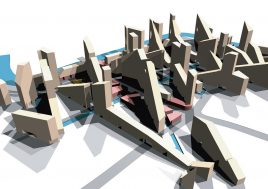



















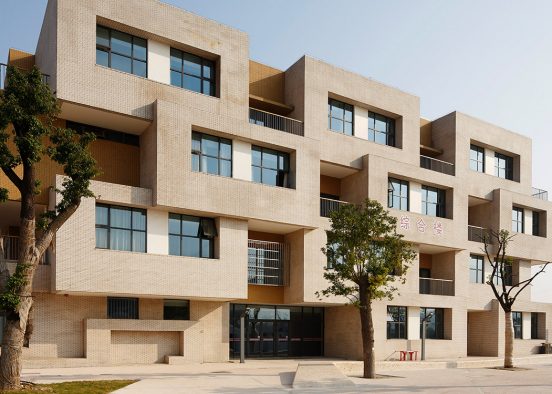



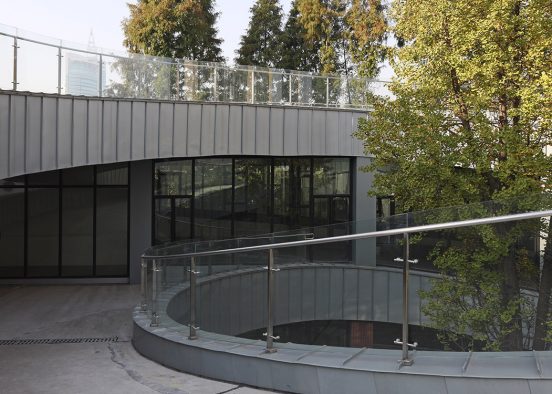
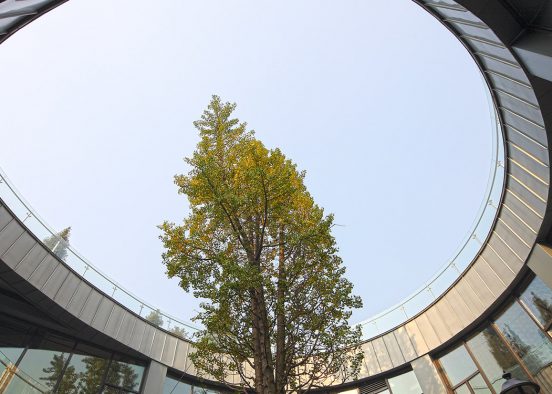



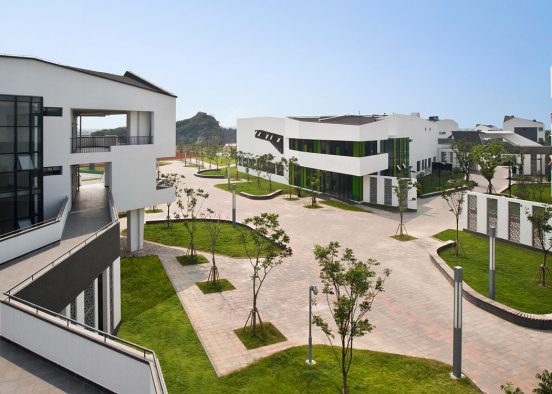




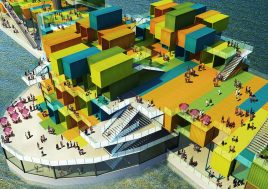












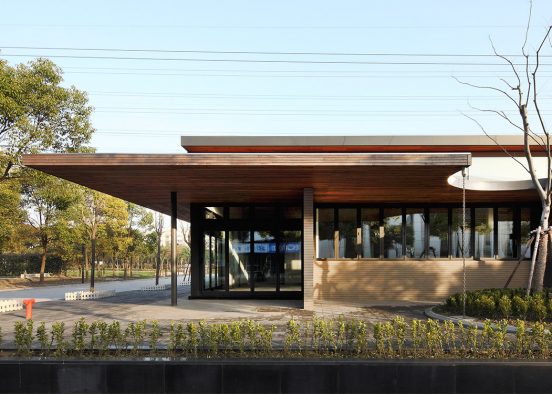








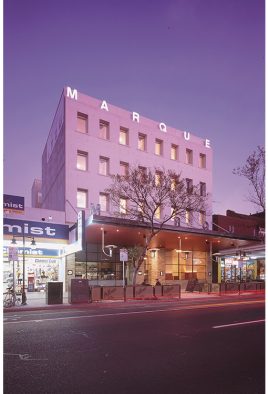














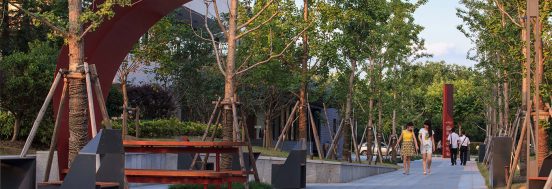

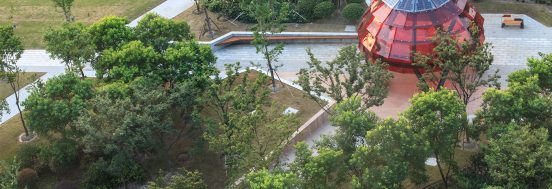

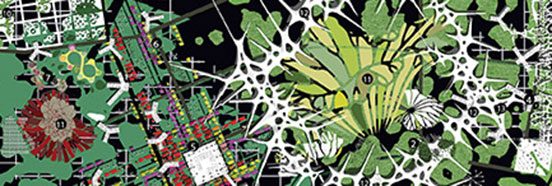













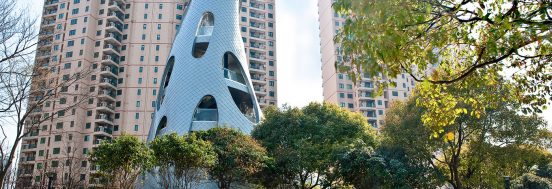
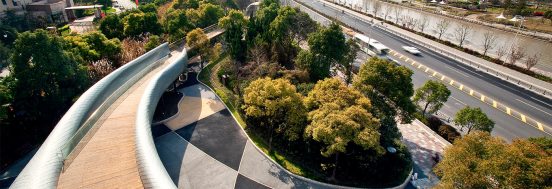




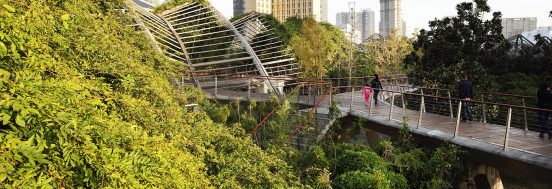
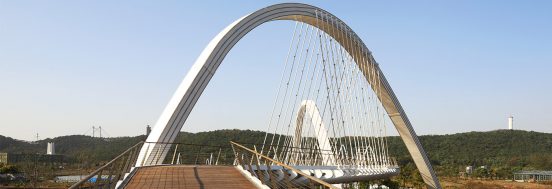
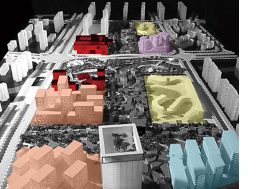

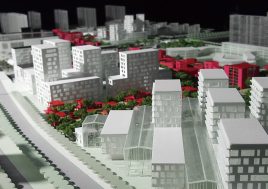






 Back to projects
Back to projects
